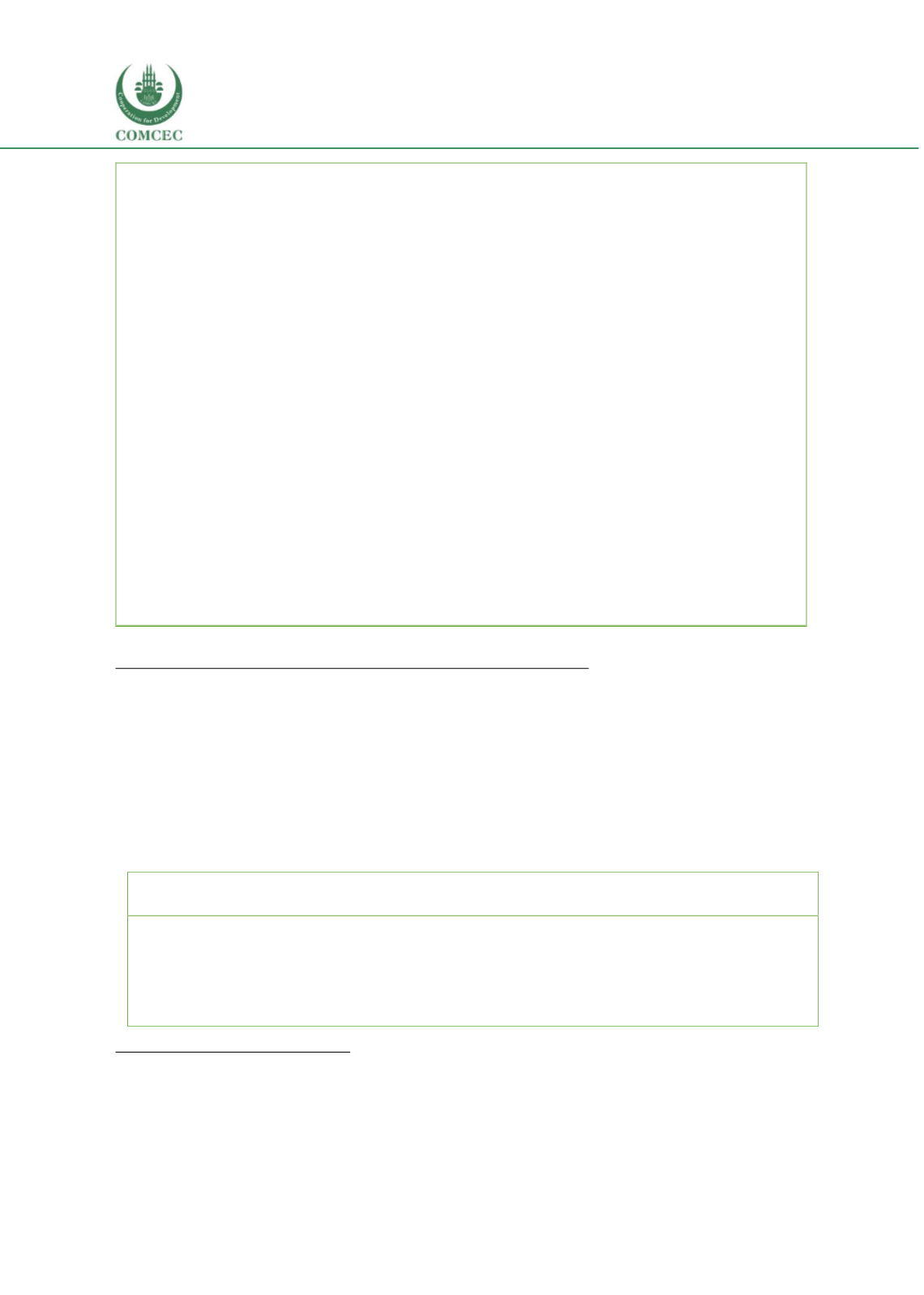

Education of Disadvantaged Children in OIC:
The Key to Escape from Poverty
266
Innovations.
Transfers to female members of the families (leading to the empowerment of
women) and moving to an electronic payment system (leading to increased transparency and
accountability, with efficiency improving by 93%
554
) have been two notable innovations of the
programme. In addition, BISP established a well-regarded National Socio-Economic Registry
through the use of an objective targeting system (based a Proxy Means Test (PMT). The database
covers more than 27 million households (approximately 167 million people) and was the first in
Asia. Over 30 federal and provincial organizations use the registry to improve the pro-poor
targeting performance of respective social sector programmes.
555
Finally, BISP is engaging in
several partnerships with provinces that raise awareness of the programme and supported the
design and delivery of complementary services.
Embedded evaluation
. The BISP has an embedded evaluation component. Several rounds of
rigorous evaluation were conducted by the Oxford Policy Management (OPM)
556
, adopting a
mixed method approach based on large scale household surveys across the four main provinces.
The successive evaluations pointed to both benefits (increased food consumption for example) as
well as feedback on design or implementation issues, which were then incorporated as updates to
BISP. One finding was that the Unconditional Cash Transfer was not necessarily leading to
increased school attendance and this led to the adoption of the top-up stipend “Co-responsibility
Cash Transfer” presented earlier. Overall BISP is considered to have become a global example of
best practice as a social safety net program.
Religious education reform – a demand and supply side policy
Similar to Senegal, there is a demand for religious schools based on cultural preference and local
customs. While the share of madrassas schools is not very large compared to the other formal
education offerings by private and public schools, their instructional quality is so low that the
government has initiated pilots to test how to improve the quality of instructions and include
subjects other than just memorising the Koran. A formal evaluation of the pilot will undoubtedly
provide precious information on how to modernize Madaris and hopefully how to scale the
reform.
554
http://www.worldbank.org/en/results/2016/05/19/cash-transfers-help-pakistans-poorest555
http://www.worldbank.org/en/results/2016/05/19/cash-transfers-help-pakistans-poorest556
Cheema et al (2016)
557
NHCD Annual Report 2014 and Annual Report 2015
Box 2
NHCD pilot “Introducing Primary Education in Madaris in Pakistan”
557
Background.
The Federal Government started an initiative aimed at “Mainstreaming of Madaris”
by introducing Primary Education alongside the curricula of Madrassas to enhance prospects of
students of Madrassas to pursue further studies. The project initiated was in 2014 for 3 years with
possibility of extension for another 2 years.
















